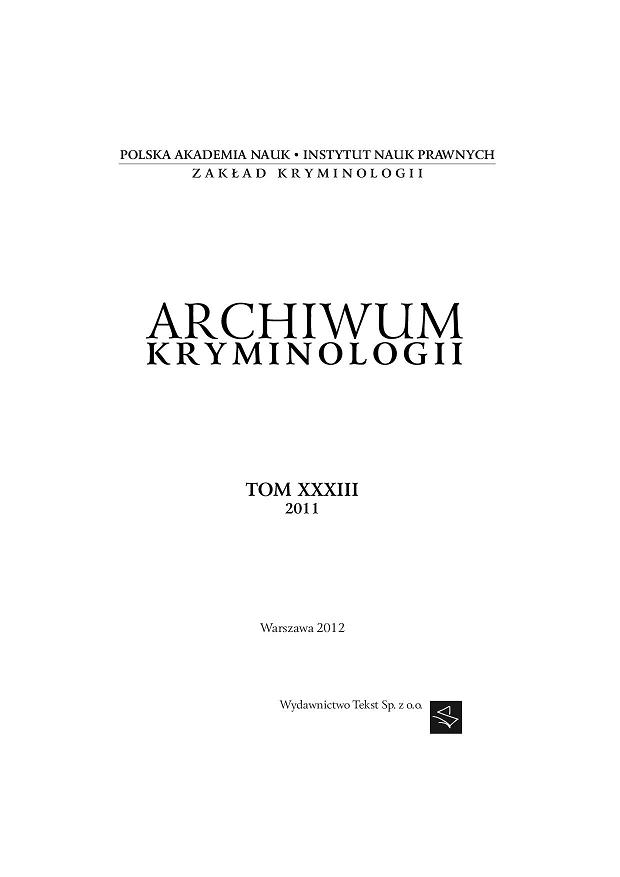O tzw. "ciemnej liczbie" przestępstw podatkowych
On the so-called ''dark number'' of tax crimes
Author(s): Leszek WilkSubject(s): Law, Constitution, Jurisprudence
Published by: Instytut Nauk Prawnych PAN
Keywords: TAX CRIMES; CRIMINOLOGY;
Summary/Abstract: The subject of the study is a research of non-disclosed tax crime, in criminology known as the ''dark number''. Among the factors influenting its extent, we can enumerate: tax institutions' efficiency, citizens' attitudes towards this category of crimes (especially their willingness to inform about tax crimes) and the tax system itself with its rules. Approximate image of the size of non-disclosed tax crime we can obtain within frames of research on the so-called ''informal commercial sector''. Within the ''informal sector'' we can also (but not only) classify all sorts of behaviour connected with avoiding tax payment. Among the research methods we can enumerate: direct methods (concentrating on specific taxpayers) and indirect methods (analysis of macro- economic data). The image of non-disclosed tax crime makes easier estimating the size of the so-called ''tax gap'' (tax revenue non-obtained by the state). Research on the extent of the ''informal sector'' and ''tax gap'' reflect only social and economic importance of tax crime but do not give basis to a more close description of the ''dark number'' of tax crime (in the meaning used in criminology- as a relation- for example 1:9 or as a percentage- for example 80%). Only a comparison of a scale of tax reductions and their structure with reference to the categories of tax offences with the range of general ''tax gap'' can let us estimate the ''dark number'' of tax crime, resulting with the ''tax gap''.
Journal: Archiwum Kryminologii
- Issue Year: 2011
- Issue No: XXXIII
- Page Range: 27-38
- Page Count: 12
- Language: Persian, Old (ca.600-400)

